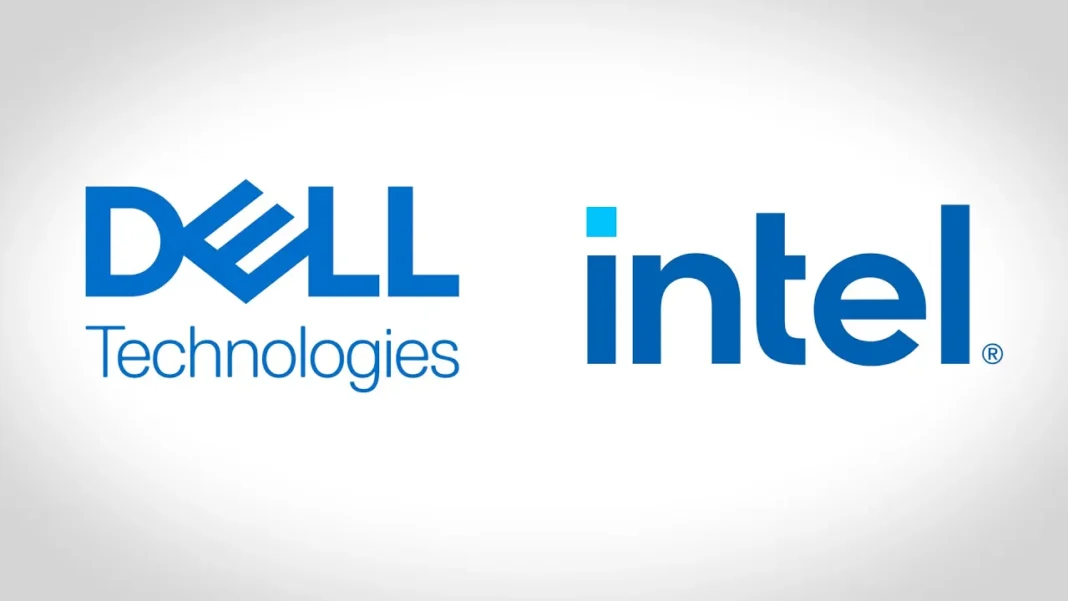Latest Intel processor integrates Layer 1 processing into SoC; available on Dell edge servers
Building on a strong pre-existing relationship, Dell Technologies and Intel continue to partner in an effort to accelerate commercial deployment of virtualized and open radio access networks. The latest from the duo is the integration of the latter’s 4th Gen Intel Xeon Scalable processors with Intel vRAN Boost into the former’s PowerEdge XR 5610 and PowerEdge XR 8000 servers.
As both Dell and Intel continue to focus and expand offerings for communications service providers (CSPs), the big goal is to help operators quickly and cost-effectively deploy highly-performant radio systems, both virtualized and compliant with Open RAN standards. With its 4th Gen Intel Xeon Scalable processors, Layer 1 acceleration is integrated directly into the system-on-chip (SoC) which enhances performance and reduces power consumption.
Intel’s Cristina Rodriguez, vice president of the Network & Edge Group and general manager of the Wireless Access Network Division, called the integration of vRAN Boost into the SoC, and working with Dell, “game changing. We believe that it will offer the operators a fantastic way to continue deploying and continue moving on the vRAN journey.”
Discussing that big goal of the ongoing collaboration, Dell Technologies SVP and GM of the Telecom Systems Business Dennis Hoffman said, “The industry…has struggled a little bit over the last couple of years to try to find the right hardware platform to enable the network disaggregation trend to make its way into the RAN…With such a longstanding and deep partnership with Intel, it was really the first place we turned to…solve that problem and put together the right kind of hardware platform to enable the open forms of RAN to take off.”
For more from Hoffman and Rodriguez on key trends shaping the vRAN and Open RAN conversation, watch this video interview.
To Rodriguez’s comment on the importance of integrating vRAN Boost into the SoC, there’s an ongoing debate in the industry around whether in-line or look-aside acceleration is right for virtualized and Open RANs. The main difference between these two approaches is that in look-aside acceleration, only selected functions are sent to an accelerator card and then back to the CPU, while with in-line acceleration, parts of or the whole data flow and functions are sent through the accelerator.
Here’s why dispensing with the debate and integrating acceleration into the SoC is important. “The RAN workload is a very complex workload and it’s very compute intensive,” Rodriguez said. “It’s a complex deployment. What we’re trying to do here, what we’re doing here is simplifying the solution, simplifying the deployment, simplifying the supply chain aspect of it…You don’t need anything else.”
Hoffman picked up there and contextualized the work being done by Dell and Intel to the larger need of operators for ecosystems of vendors to solve the complexity of vRAN/Open RAN component integration, leading to faster deployment. “The simplification angle here is enormous,” he said.
He continued: “RAN itself is a many-segmented [market], from somewhat easier use cases of private networks and rural markets to the really difficult ones of highly dense urban, city environments.” With the 4th Gen Intel Xeon Scalable Processor on Dell Technologies hardware “The simplification benefits and the power benefits ripple through the entire system…I think we as an industry have been waiting for this moment for a long time, and we couldn’t be more excited to combine the vRAN Boost technology with the XR platform and get it out into customers’ hands.”




